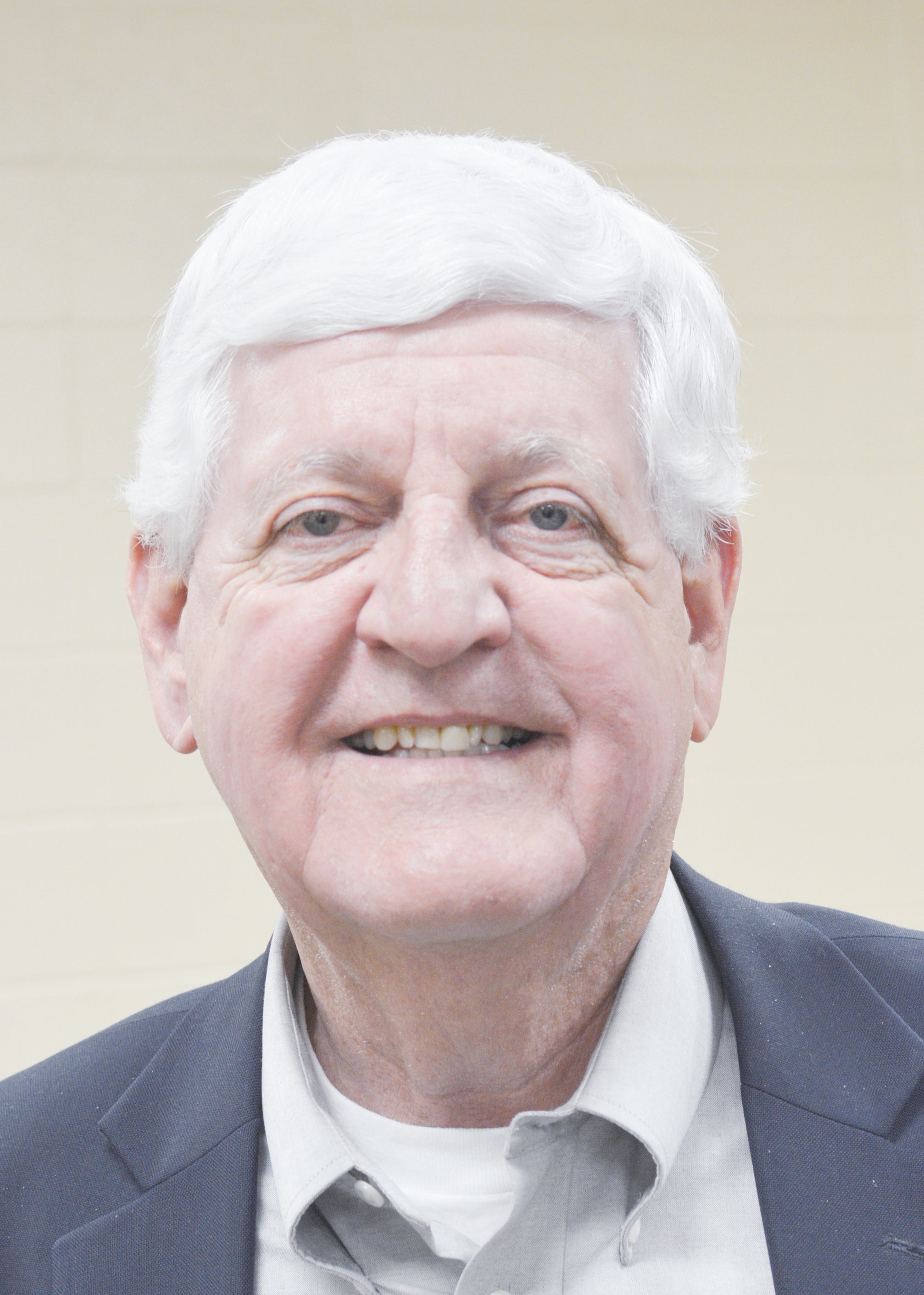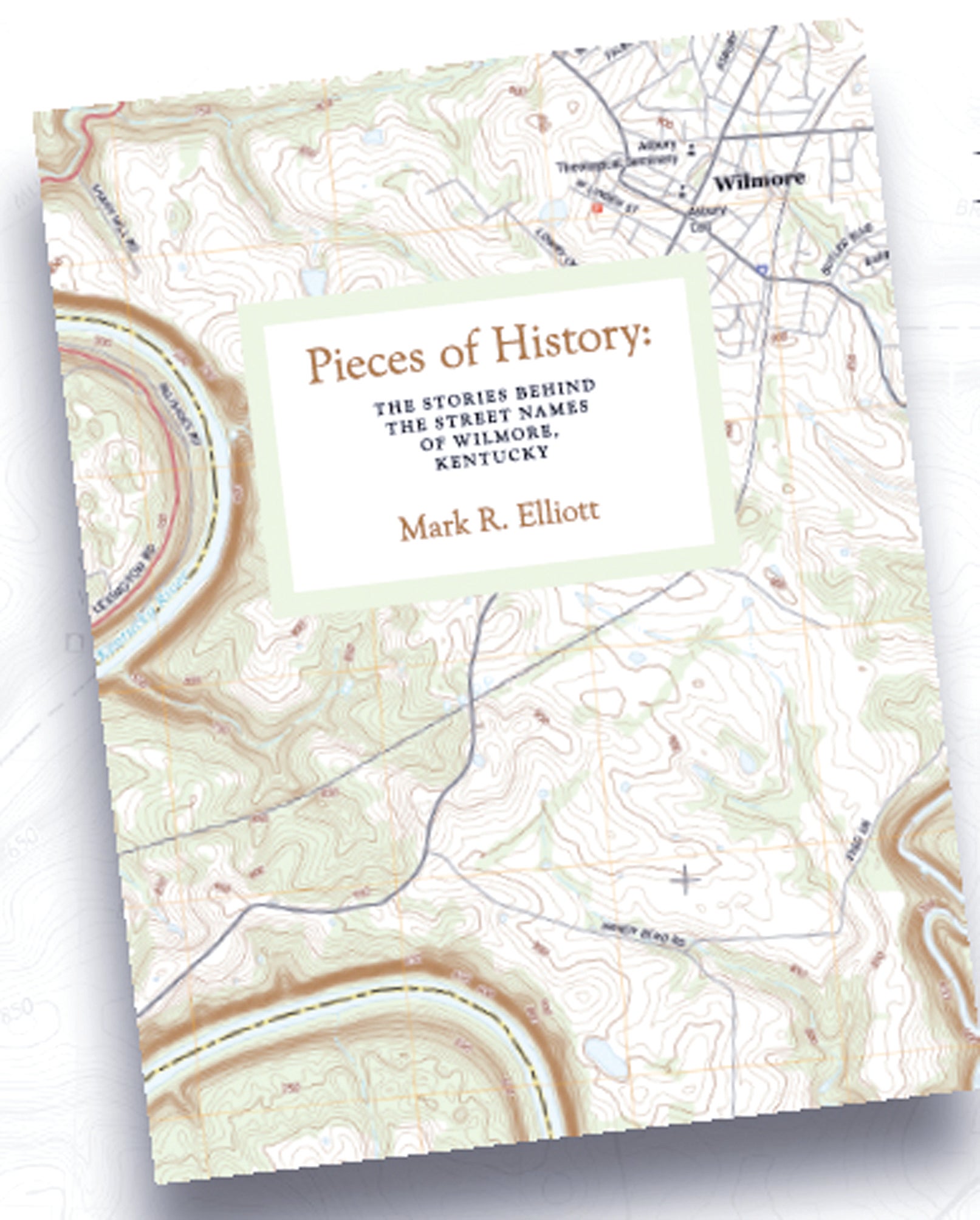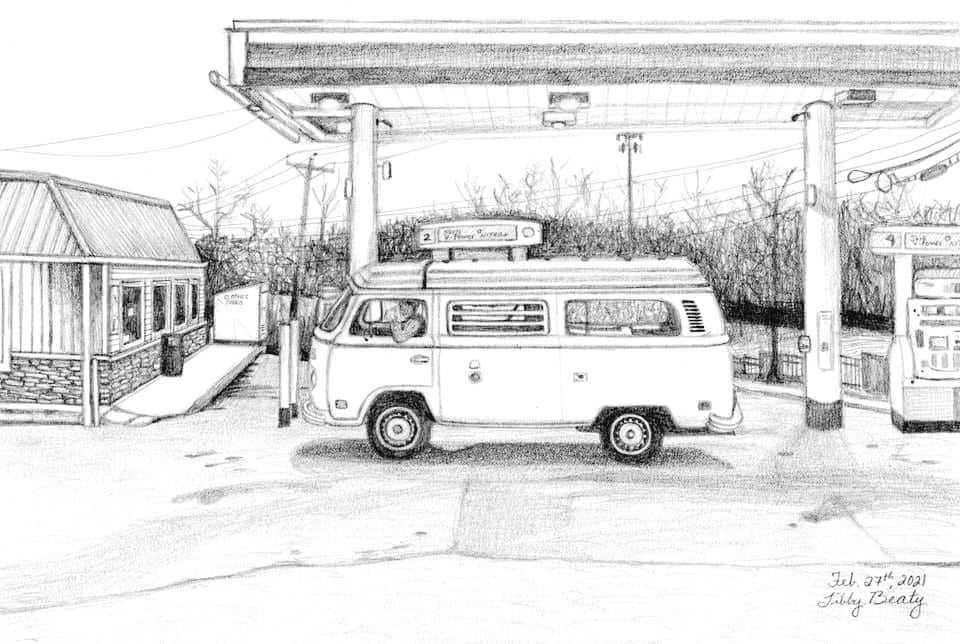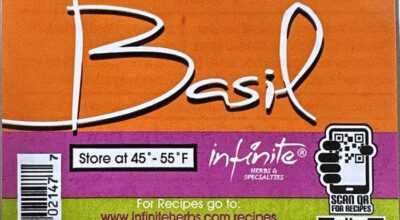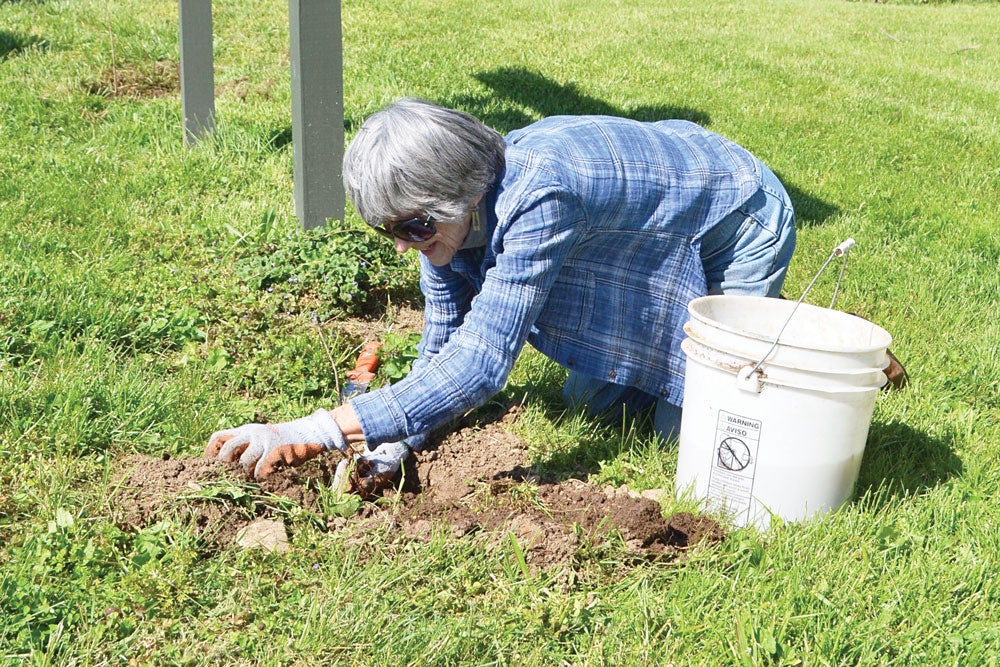Where the buffalo roamed: New book reveals stories behind Wilmore’s street names
Published 12:23 pm Wednesday, April 14, 2021
|
Getting your Trinity Audio player ready...
|
By RANDY PATRICK
The Jessamine Journal
Did you know Lexington Avenue in Wilmore and High Bridge Road were once a bison track, that the road was known as Curd’s Ferry Road, that Daniel Boone surveyed Capt. John Curd’s land for the ferry, and that Bishop Francis Asbury, early America’s most famous Methodist cleric, traveled this route?
And did you know that where the fuel pumps are at the Shell station at the corner of College Avenue (formerly Nicholasville Road) and Lexington Avenue, there was once a toll booth, and that toll roads or turnpikes were once shunned by travelers who refused to pay, and thus the name Shun Road?
Or that Wilmore’s Main Street was part of Glass Mill Road, named for the grist mill established on Jessamine Creek in 1776, the year of the republic’s declared independence, and that Glass Milling later moved to a site just south of the Cincinnati Southern Railroad in 1907, after the railroad had changed the name of the town Scott’s Station to Wilmore?
Probably most Wilmore residents didn’t know these things, but many more will now that retired history professor Mark R. Elliott has published a 35-page booklet, “Pieces of History: The Stories Behind the Street Names of Wilmore, Kentucky.”
In the introduction, Elliott recalls, with amusement, that when he told his friend and former colleague Paul Vincent that he was researching the origin of Wilmore street names, Vincent jested: “And who is forcing you to do this?” But Elliott discovered, in the words of the writer of an article on road names he read in The Washington Post, that these names are “pieces of history” that “encode the culture and geography of America.”
For Elliott, the project was a way of learning more about the town in which he had long ago put down roots and then returned to after he retired from Southern Wesleyan University in South Carolina 12 years ago. He earned his bachelor’s degree from what was then Asbury College in 1969 and taught there for his first 12 years before moving on to Wheaton, Samford and Southern Wesleyan. Later he served for 10 years as an Asbury trustee. Today he and his wife, Darlene, who have four adult children adopted from Vietnam and Colombia and four grandchildren, once again call Wilmore home.
“It’s simply something in my nature. I’m a curious kind of person. I’ve always been interested in why things are the way they are,” Elliott said when asked why he did the research for the book.
Having so many family and professional associations with the town was another reason, he said.
And another factor was COVID.
“I had time on my hands,” he explained.
That meant he had time to do the research, but it also made the research more challenging, because he could meet face to face with local historians such as Bill Davidson, who is in a retirement home, and Margaret Morgan, who died recently.
The book lists all the streets in Wilmore with a brief description of the history of each, and it contains four maps, from 1784, 1905, 1919 and 2021, as well as appendices and a bibliography.
Among the interesting finds are that Maple Street is the most common street name in Kentucky and that the path for Lexington/High Bridge Road was made by buffalo feet and was later tread by pioneers and their wagons, according to J. Winston Coleman’s book on stagecoach days in the Bluegrass.
“I think that was the most interesting thing that I learned,” he said.
Incidentally, he said, he and his wife recently visited the town of Stamping Ground and learned it also got its name from the bison who stamped the ground with their hooves when they watered at the springs there.
John Filson in the 18th century wrote that the herds of buffalo “fill the traveler with amazement and terror” by their size, and Simon Kenton, another pioneer, once observed a herd of about a thousand at Blue Licks, 43 miles north of Lexington. By 1800, however, the great herds were nearly all gone.
During a recent Wilmore City Council meeting, Elliott gave a presentation about his book while Judy Woolums, the community development director for the city, sold copies out in the lobby for a discounted price of $5. They went to $10 the next day.
Elliott said that first day they made $565.
“I’ve been pleasantly surprised. It’s gotten a fair amount of attention, at least in Wilmore,” he said.
The books are still for sale at City Hall (210 S. Lexington Ave.) and by mail, and buyers can pay by cash, check or credit card. If they’re purchased in person at City Hall, the price is $10. If by mail with a check, it’s $13, and if by mail and credit card, it’s $14.75. They may be ordered by phone by calling 859-858-4411, extension 101.


